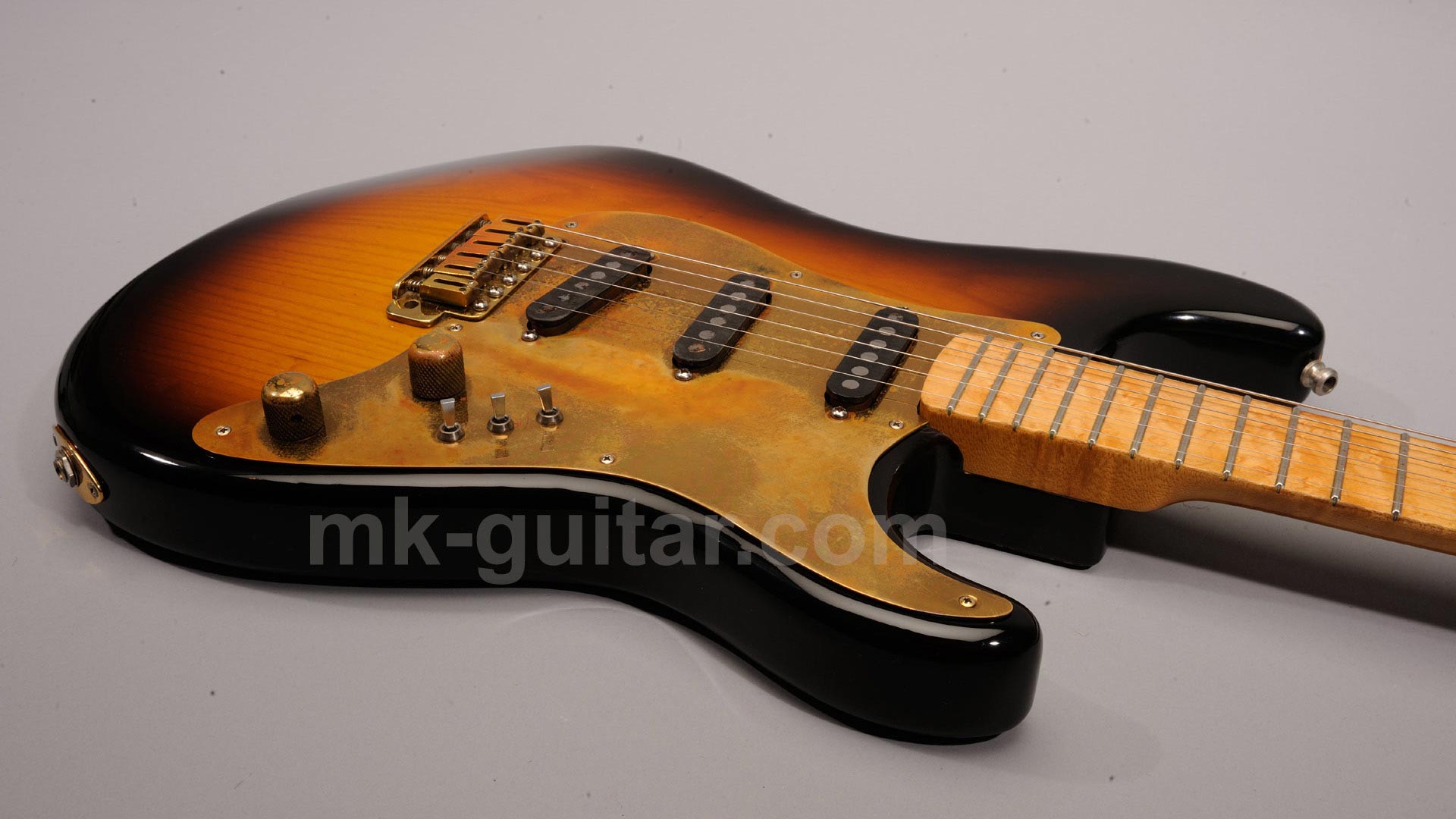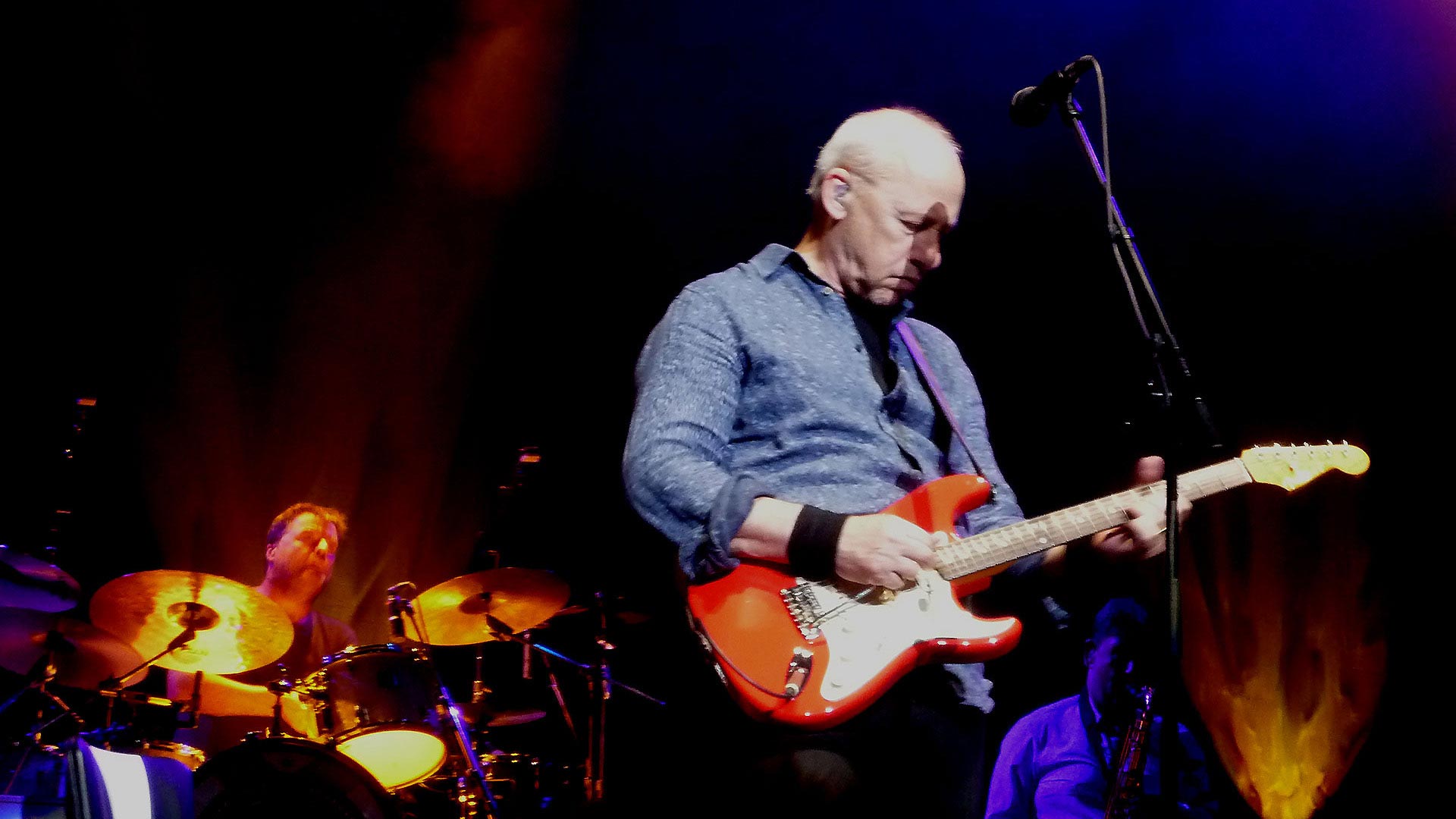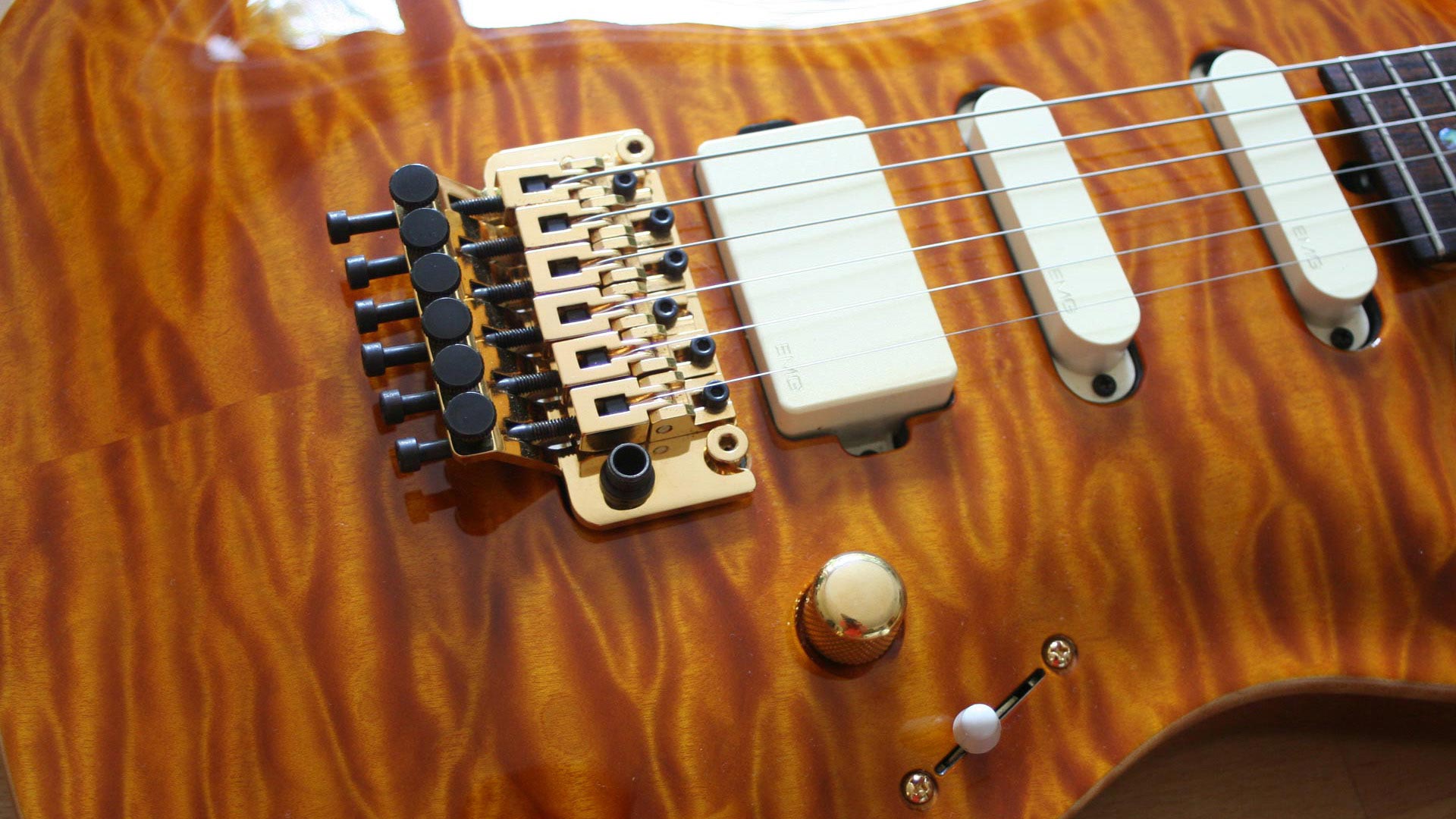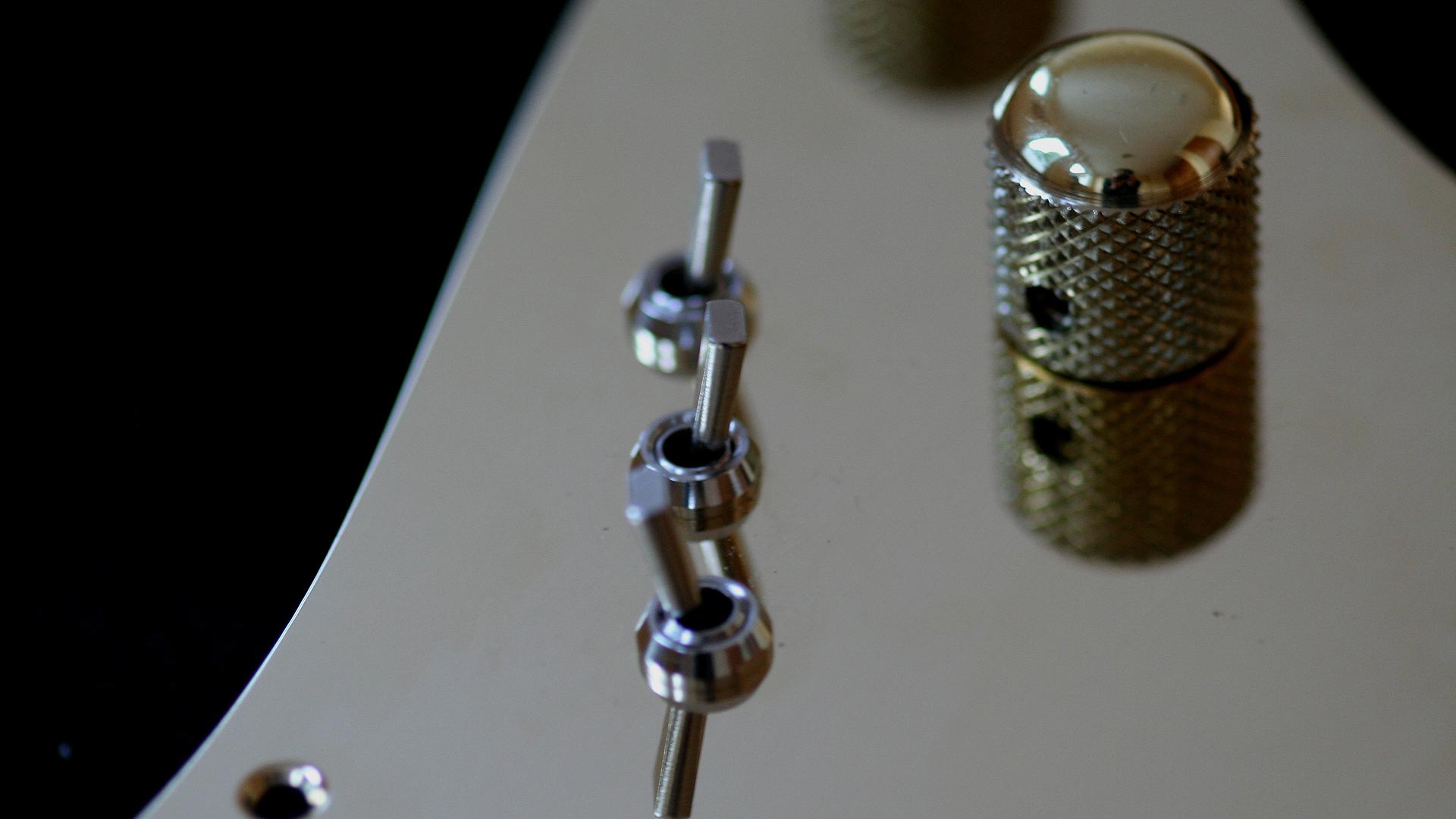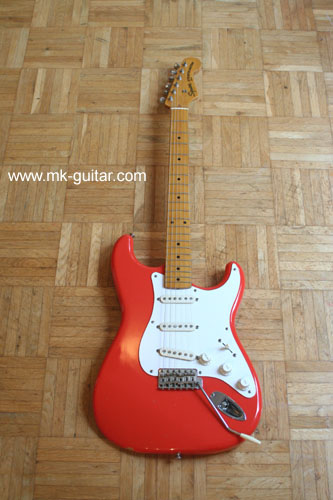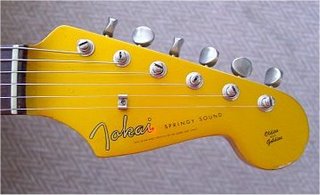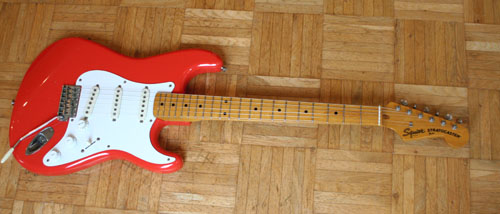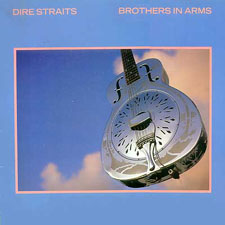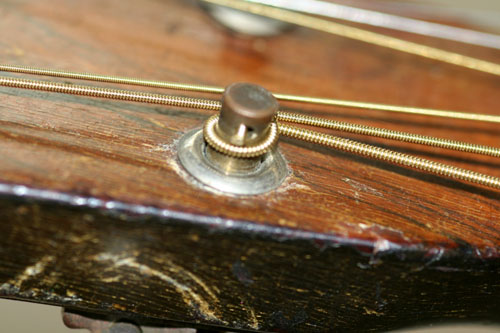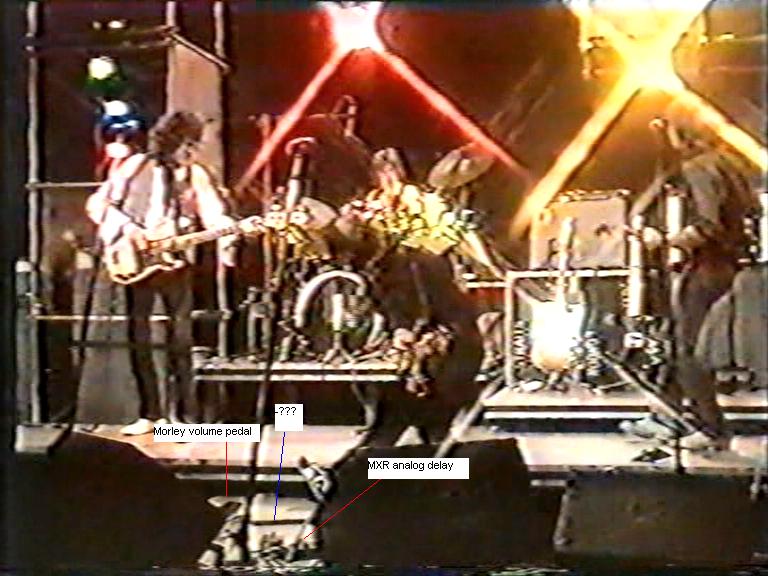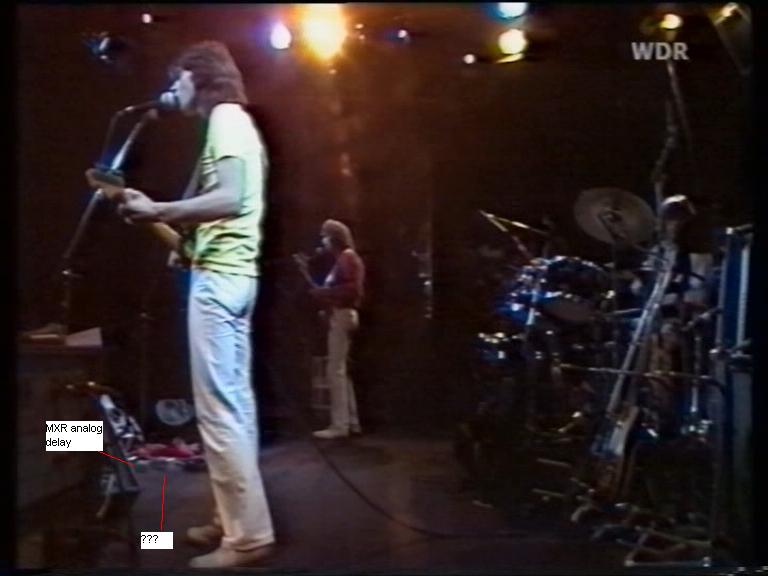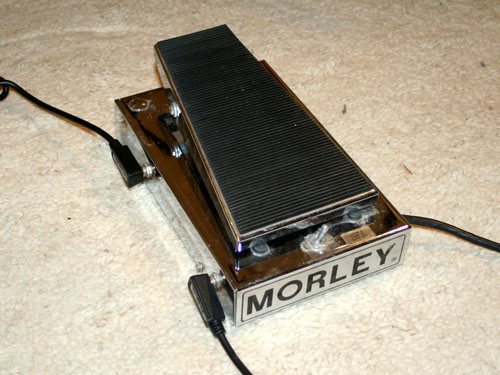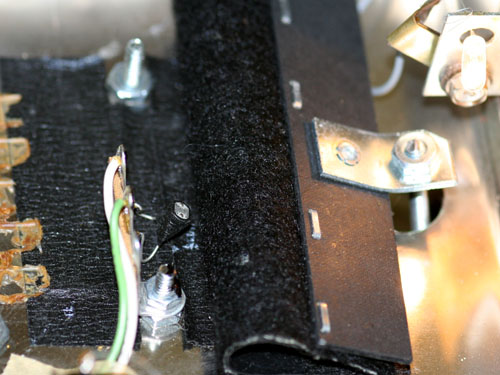Mark Knopfler licks around the 7/9 chord
The last poll about what you would like to read here is still running (so vote if you haven’t yet), but it seems to be clear that many readers want to read about licks (or rather want to see something as video I guess). So here a quick reaction (to be honest, I started to work on this video anyway 😉 )
This post is about a typical Mark Knopfler lick which is based on the notes of the 7/9 chord, the chord we are talking about is the following one (in this example a E7/9):

This chord is nothing special, special however is Mark Knopfler’s way to fret it, which is often like this:

The difference is the bass note, instead of an E (the root note) he plays the B on the low E string (the fifth note o fthe E major scale).
Now add the following notes which are played before the chord is played. First play the red notes, then the blue notes, then the chord (black notes). The left hand fingers remain the same on all those notes on the low E and D strings, if you want you can slide from one position into the next.

Watch the following video to see what kind of licks you can do with these notes (excerpts from The Bug / Eastbound Train, Mississippi Blues, Lions).
